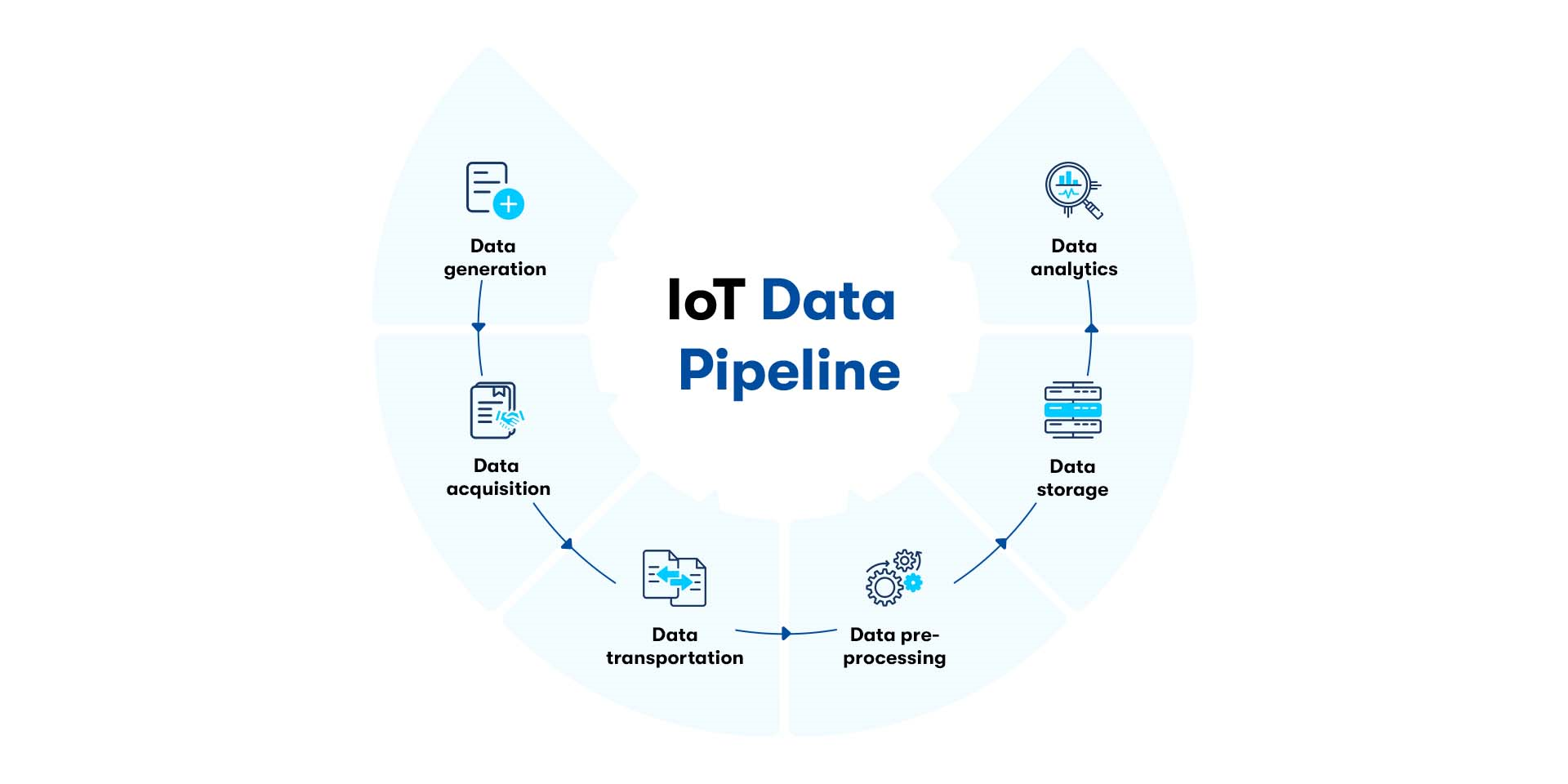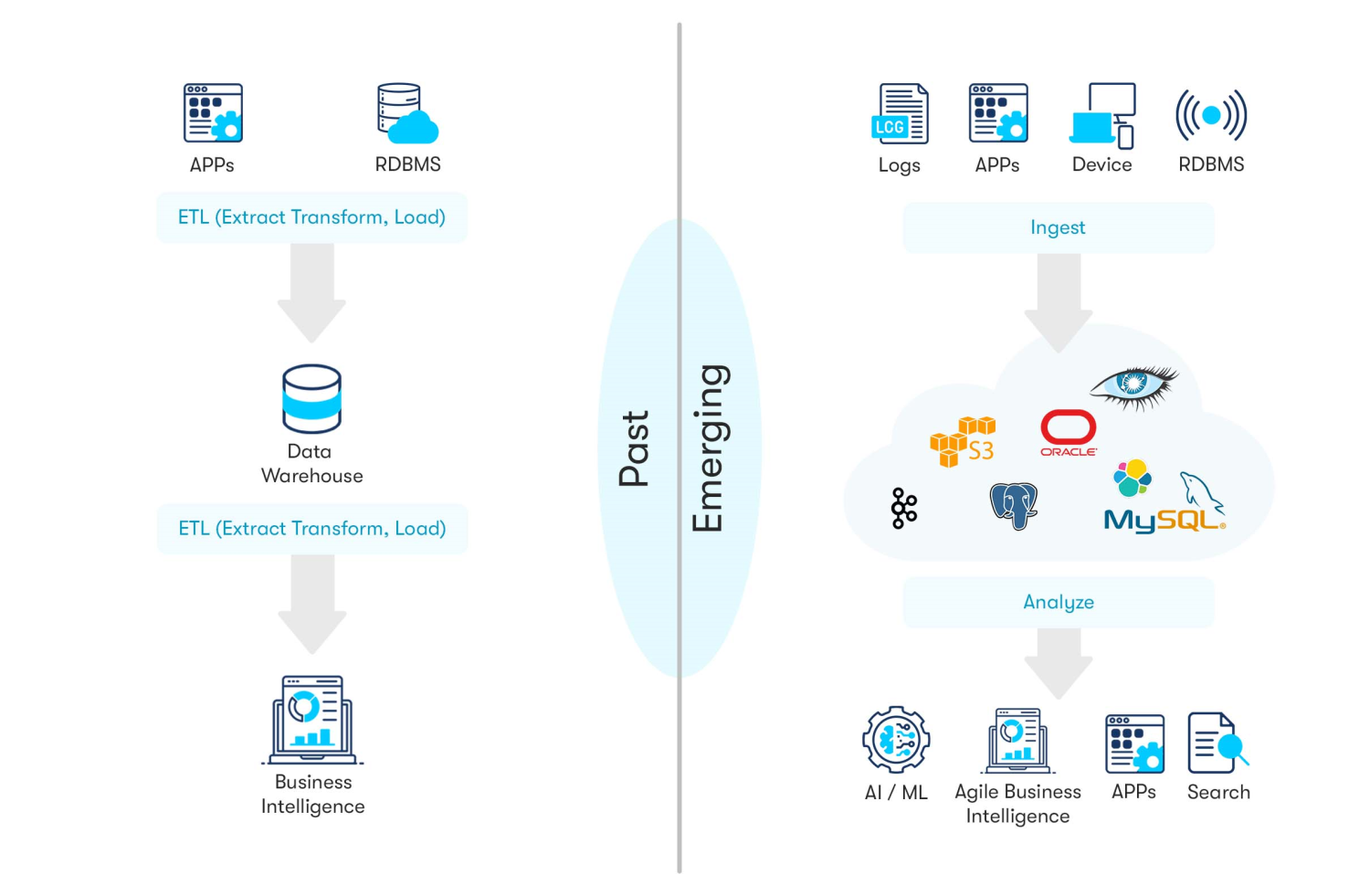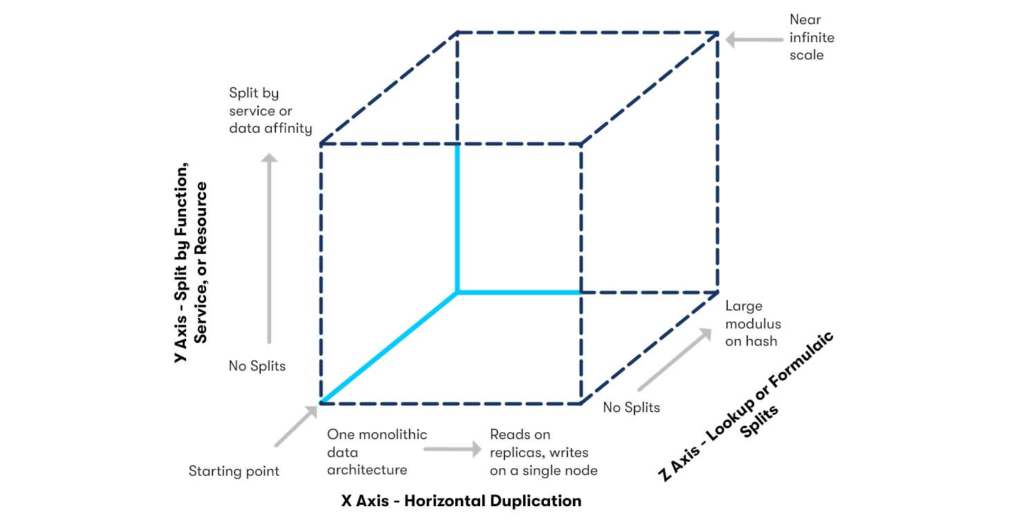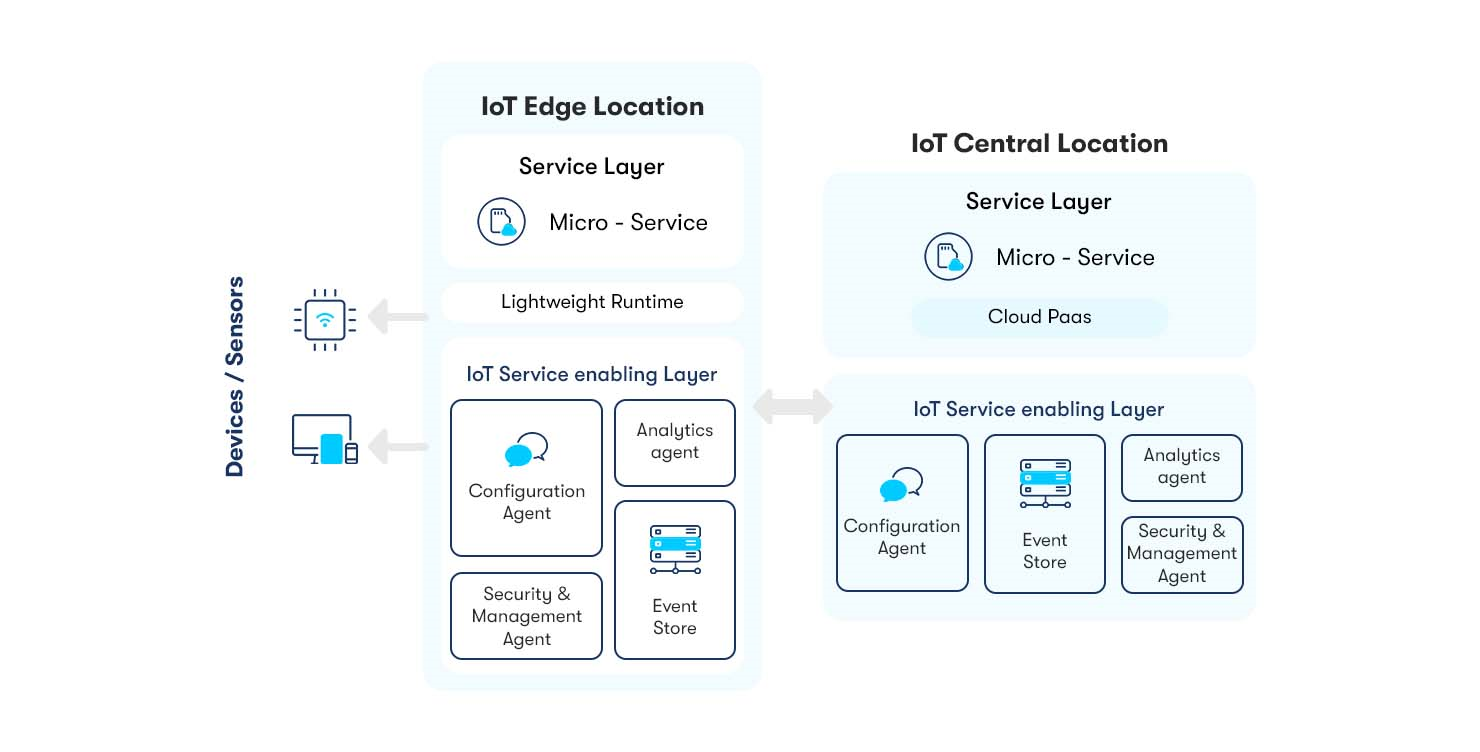
The Internet of Things (IoT) will continue to show explosive growth. And scalability will be one of the most crucial factors to handle such explosive growth. Therefore, IoT applications must support the ever-increasing influx of connected devices, the addition of new users, advanced application features, and deep analytics capabilities. Further IoT applications must scale with zero compromises in quality. The scalability of IoT applications is needed for continuous monitoring, comprehensively securing, and managing the increasing number of devices.
Building such a scalable and secure app from scratch is challenging as it requires a lot of effort to develop the app and the infrastructure to support the growth of millions of connected devices. AEPs or the Application Enablement Platforms can help resolve this. AEPs offer developers a platform that helps quickly build and test new use cases and applications and grows and scale as the applications application adoption increases.
This post will discuss some of the requirements for designing Scalable IoT applications and how AEPs help in this.
Frequency of data collection and increase in the number of devices
- The potential outcome of the frequency of data collection and the number of devices on IoT infrastructure is if either the frequency or the number of devices, or both, increases by a factor of ten or even one hundred.
Nature of interactive queries by various user groups and ever-increasing sizes and types of databases
- Possible interactive queries are likely to be executed by various end-users, and the impact on the overall IoT infrastructure the sizes of databases keep increasing.
Real-time requirements of the application
Many apps have real-time requirements. Some of these requirements are driven by deadlines and processing needs. Therefore, it’s essential to consider various outcomes if some deadlines are not met. It’s also important to take into account possible scenarios if the system does not meet the deadlines when the number of devices increases or if the frequency of data collection changes.
After discussing the importance of scalability of an IoT application and various factors impacting the design of scalable IoT applications, we will now discuss how AEPs or simply IoT platforms help IoT applications scale.
The core component of an IoT infrastructure is deployed in three distinct tiers: the edge, the platform, and the enterprise. Components of the edge tier consist of sensors, edge devices, IoT gateways, sensor networks. The platform tier comprises middleware, servers, storage, and microservices for device management, data transformation, real-time processing, analytics intelligence, etc. Typically components of the platform tier are hosted in a public cloud or the corporate data center. Finally, the enterprise tier consists of enterprise applications (such as ERP, CRM, BI, etc.) and systems that use services provided by the platform tier.
This post will focus on the platform tier (where an AEP or Application Enablement Platform or simply the IoT platform sits) and look at various ways of improving scalability by deploying an AEP. All IoT platforms help in the following ways that, in turn, help make an IoT application highly scalable:
- AEPs help in automatic bootstrapping
- AEPs help in building a data processing pipeline
- AEPs facilitate three-axis scaling
- AEPs allow developers to deploy a microservices architecture
- AEPs help connect with multiple data storage technologies
1. Automated bootstrapping
With a consistent increase in the number of devices and users, manual processes – such as device bootstrapping, registration, software configuration, security configuration, and upgrades – do not remain viable. In fact, any workflow involving humans to install, configure, deploy, and manage devices is not feasible. For the app to be highly scalable, the platform tier’s device software and management microservice must allow automated bootstrapping, registration, monitoring, and upgrade. And this can be achieved seamlessly with an AEP. New age devices come equipped with bootloaders and security keys that enable devices to initiate a sequence of steps upon getting powered up (even from a remote location) and let it securely identify and register itself with a given server and request the server to load additional software as and when needed.
2. IoT data pipeline
Data processing pipelines required by IoT applications comprise front-end data collectors and a set of data curation microservices for cleaning, enrichment, and transformation of the data being streamed.

The curated data is then sent to various data destinations – such as databases, files, queues, and applications – by data loggers. AEPs are instrumental in establishing a well-balanced data pipeline to sustain a continuous flow of large volumes of streaming structured and unstructured data.

AEPs also help seamlessly handle events such as an instantaneous surge in input rate, performance-related issues, and transient disruptions in downstream systems. By establishing simultaneous data streams and considering worst-case input rates, processing times, size of data packets, etc. AEPs help in capacity planning. By understanding these parameters, AEPs can provision or de-provision the IoT infrastructure needed at each stage of the data pipeline. Further, by monitoring resource usage, queue lengths, and response time, AEPs automatically detect overload and trigger the provisioning of additional resources.
3. Three-axis scaling approach
All scalable IoT applications can be scaled along all three dimensions – the X, Y, and Z axes.

Scaling along the X-axis
Scaling along the X-axis is achieved by dividing incoming requests between multiple servers so that many servers can handle requests. This is also called horizontal scalability and is typically achieved through an AEP by deploying load balancers.
Scaling along the Y-axis
Scaling along the Y-axis means dividing the workload based on actions. Simply put, Y-axis refers to the practice of splitting a single application into multiple standalone microservices based on their functionality. A typical example of this would be sending requests such as ‘read resource’ requests to X set of servers and sending other requests such as ‘update resource’ requests to Y set of servers.
Scaling along the Z-axis
Applying X and Y axis should suffice for most business applications. Z-scaling or data partitioning is the most scalability category. This is used primarily in the case of large enterprise applications that require extreme robustness.
4. Microservices architecture
As discussed earlier in this post, it is helpful to break down each application into multiple independent functional units, each of which performs one dedicated function. Each of these functional units should be independently deployable and executed. The functional units should also communicate with each other. This style of architecture is called microservices architecture.

In an IoT application, major functional blocks such as device and data management, data stream processing and enrichment, and event processing have to be broken down into one or more microservices. And this can be done very easily with the help of Application Enablement Platforms (AEPs). With an AEP, the application uses various microservices through an orchestration logic.
5. Multiple data storage
Data query and retrieval requirements, coupled with the analytics algorithms that run on the selected streamed data, typically determine the choice of data storage or database technology. Each microservice uses a component that is ideally suited for its needs. An AEP allows the IoT application to select the type of storage for structured and unstructured data.
Conclusion
As device functionality evolves, new users get added, and the overall network matures, it becomes imperative for organizations to enhance the scalability of their IoT applications to accommodate growth and hence technology requirements. A well-engineered IoT platform can help businesses create a flexible architecture for developing elastic IoT applications to support the ever-increasing number of devices, users, and data volumes.
